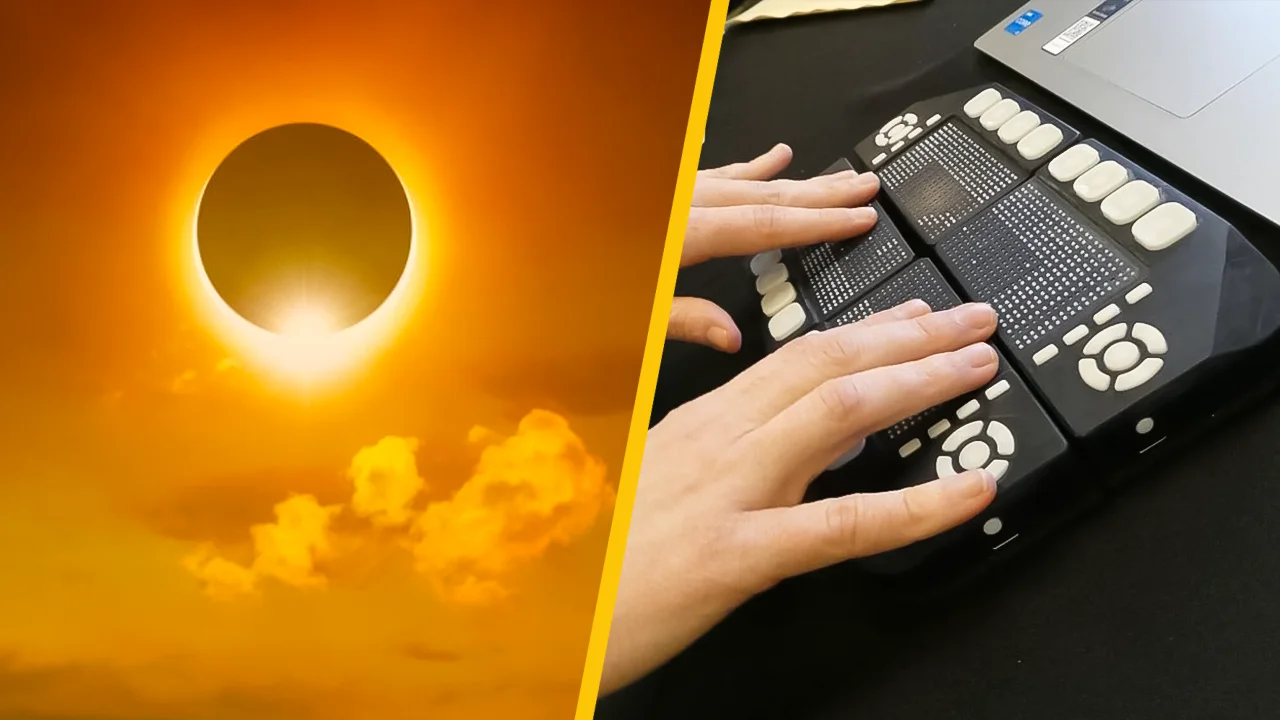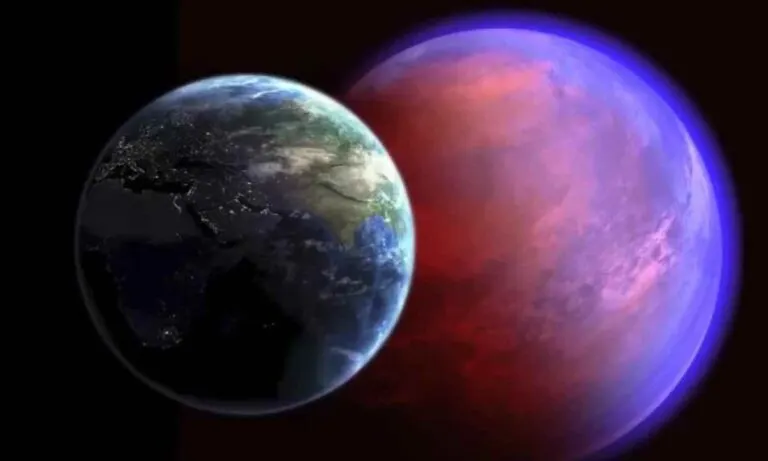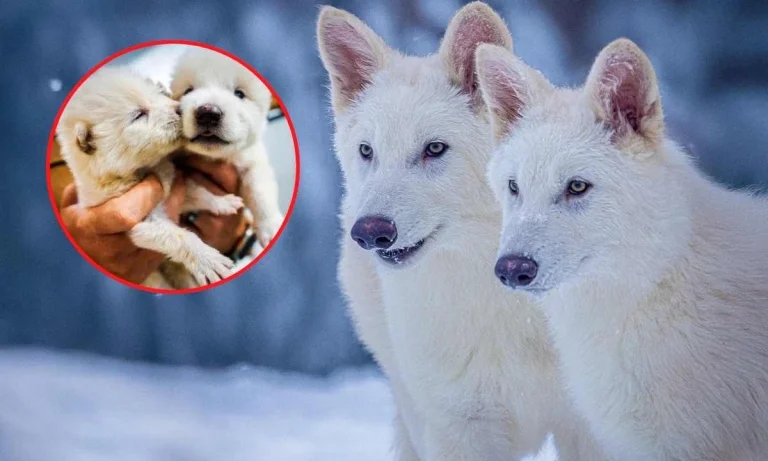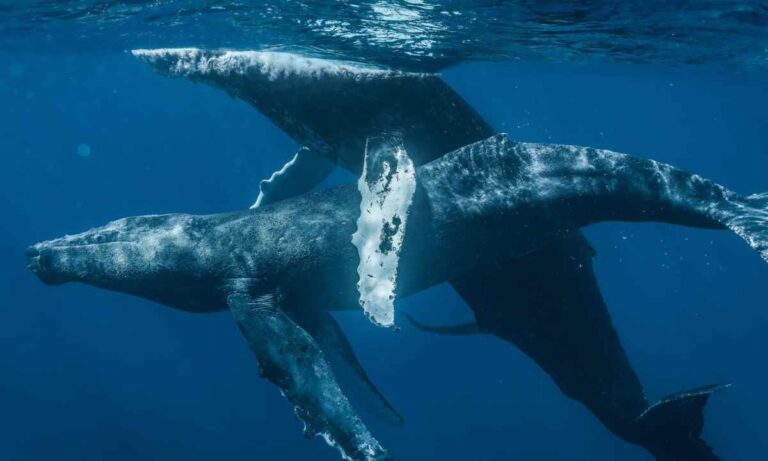Even The Blind People Felt It! The Most Jaw-Dropping Moments of Total Solar Eclipse
Did you get the chance to witness the Solar Eclipse? but for sure you have missed out on these highlights. Let’s dive into the most jaw-dropping incidents of this rare event and find out when the next solar eclipse will grace the skies of the USA.
Time-Lapse of the Eclipse
The Mount Washington Observatory in New Hampshire released a time-lapse video capturing the Moon’s shadow moving across and obscuring the Sun. In this area, there was a partial eclipse with 99.97 percent coverage of the Sun. Strong winds blowing at 35-50 mph during that period made it challenging to maintain a stable camera setup.
Eclipse Seen From Space
NASA astronomers Matthew Dominick and Jeanette Epps took pictures and filmed the Moon’s shadow on Earth as the International Space Station (ISS) passed between the Moon and Earth.
During that period, the ISS circled 260 miles above southeastern Canada while the Moon’s shadow, also called the umbra, traveled from New York State to Newfoundland.

Additionally, a satellite from SpaceX’s Starlink network also captured the moment when a dark spot emerged over Earth during the solar eclipse.
Spark in Google Trends

The recent total solar eclipse appears to have triggered a notable rise in inquiries concerning eye discomfort and pain, as indicated by data from Google Trends. The increase in searches such as “What causes eye pain?” and “My eyes hurt” in the aftermath of the eclipse implies that numerous individuals might have observed the event without employing appropriate protective eyewear. Directly observing a solar eclipse without specialized glasses or filters can result in severe eye injury. Therefore, the upsurge in these searches probably reflects widespread apprehension regarding potential harm arising from unsafe viewing practices.
How Animals Deal With The Eclipse?
Throughout the total solar eclipse, zookeepers and scientists noticed uncommon actions among different animals such as gorillas, giraffes, macaws, and flamingos. The San Antonio Zoo shared a video depicting meerkats dashing about in their habitat “as a unified group” during the period of totality.
Feel The Eclipse On The Fingertips
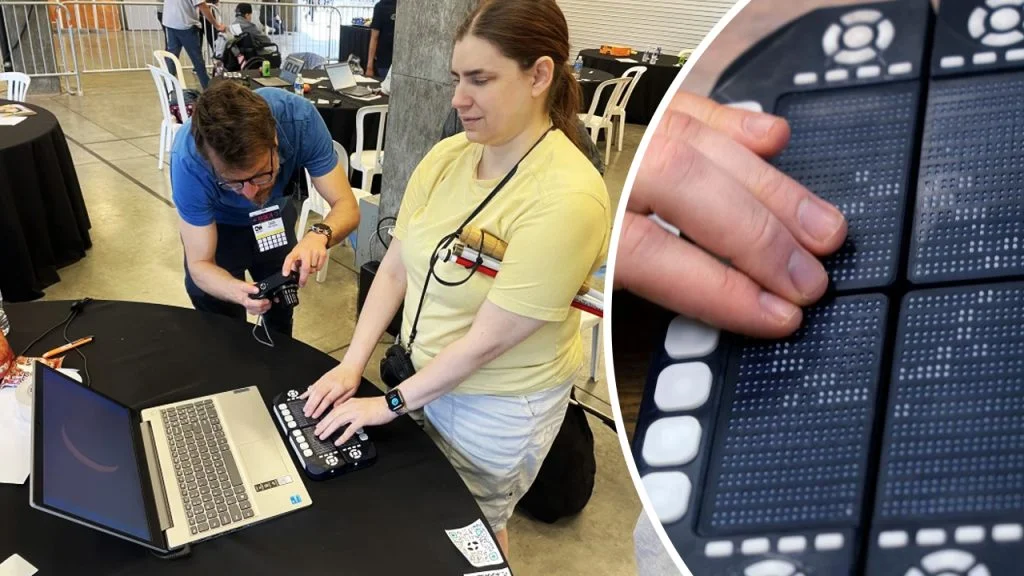
Indianapolis resident Fallon Vahani moved her fingertips over a Braille tablet reader as the moon passed slowly in front of the sun. She used a device called “Cadence Tactical Tablet” that illustrates the relationship between the sun, moon, Earth, and their alignment. and also shows a partial eclipse moving into a total eclipse and then back again in real time. She stood at a table in a race car garage with her hands on the tablet, as thousands of people outside stared at the sky. Small plastic bumps pulsed underneath her fingers, tracing the moon’s path.
When is Next?
Looking forward, the next total solar eclipse predicted for North America will occur on August 23, 2044. This forthcoming eclipse will start in Greenland before traveling across Canada. Anticipated to be relatively short, the 2044 eclipse will mainly be observable in Canada, with restricted visibility in three U.S. states: Montana, North Dakota, and South Dakota.
Also Read: This Aircraft Chased The Longest Solar Eclipse | Followed The Moon’s Shadow For 74 Minutes!

